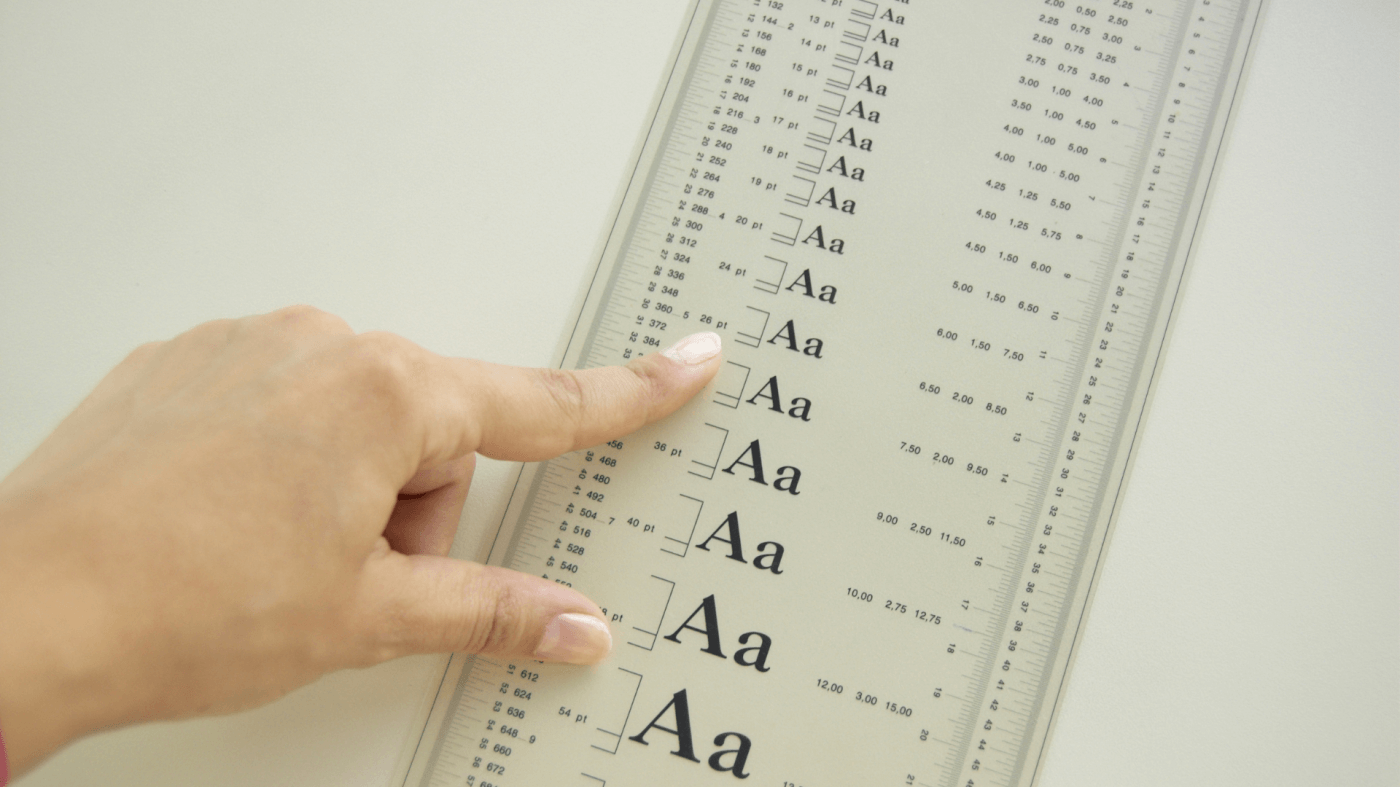Copyright infringement is a serious issue in the world of enamel pins, as it can lead to legal action and financial consequences for those who are found to be in violation. In order to avoid copyright infringement when creating enamel pins, it is important to understand what constitutes infringement, as well as the steps that can be taken to ensure compliance with copyright laws.
One of the most important things to understand about copyright infringement is that it occurs when someone uses a copyrighted work without permission from the copyright holder. This can include reproducing, distributing, or displaying someone else's work, as well as creating derivative works that are too similar to existing copyrighted works. In the context of enamel pins, this can include creating designs that are too similar to existing copyrighted characters or logos.
To avoid copyright infringement when creating enamel pins, it is important to conduct research on existing designs and to ensure that your own designs are not too similar to existing copyrighted works. One way to do this is to search for existing copyrighted works using tools like Google Images or the United States Copyright Office's database. By searching for existing designs and comparing them to your own, you can identify any potential similarities and make changes to your designs to ensure that they are original.
Additionally, it is important to obtain permission from the copyright holder before using any copyrighted material in your enamel pins. This includes obtaining permission to use images or characters from existing copyrighted works, as well as permission to use images or characters from public domain works. Obtaining permission can be a time-consuming process, but it is essential to ensure that your designs are compliant with copyright laws.
Another way to avoid copyright infringement is to use creative commons licensed images or public domain images. These are images that are free for use by anyone and can be a great way to find inspiration for your own designs without running the risk of infringement. Creative commons licenses are a type of copyright license that allows creators to give permission for others to use their work in certain ways, such as for commercial use or with attribution. Public domain images, on the other hand, are images that are not protected by copyright and can be used by anyone.
It is also important to be aware of trademark laws when creating enamel pins. Trademarks are used to protect brands and logos, and using these without permission can also be considered an infringement. To avoid trademark infringement, be sure to research existing trademarks and ensure that your designs do not use any protected logos or brands. This can be done by searching the United States Patent and Trademark Office's database, or by consulting with a lawyer who specializes in trademark law.
In addition to these steps, it is also important to be aware of any additional laws that may apply to your enamel pins. For example, it may be necessary to obtain a license to use certain images or characters in your designs or to comply with specific regulations that apply to the production and sale of enamel pins. Consulting with a lawyer who specializes in copyright and trademark law can help ensure that your designs are compliant with all applicable laws.
In conclusion, copyright infringement is a serious issue in the world of enamel pins, and it is important to take steps to ensure compliance with copyright laws. By conducting research on existing designs, obtaining permission from the copyright holder, using creative commons licensed images or public domain images, researching existing trademarks and ensuring that your designs do not use any protected logos or brands, and being aware of additional laws that may apply, you can help ensure that your designs are original and compliant with copyright laws. It is essential to consult with a lawyer who specializes in copyright and trademark law to be sure to be in compliance with all laws that may apply to your enamel pins.
If you need more help, you may book a free consultation with our lead artists here and they will be happy to guide you.





